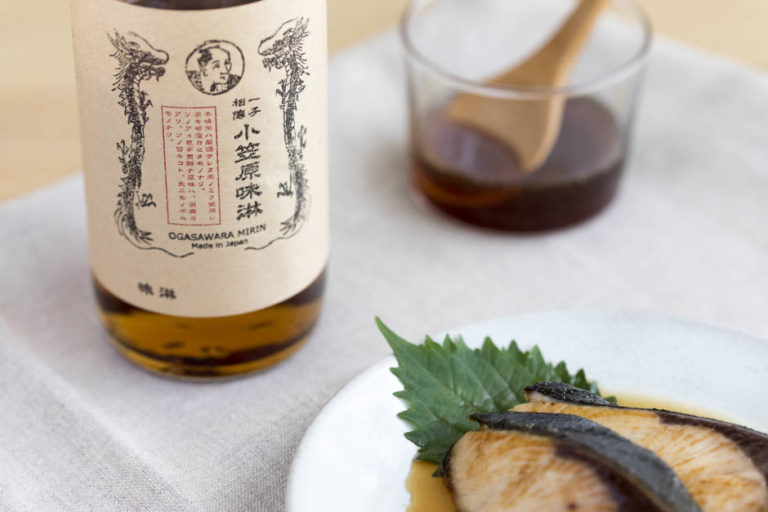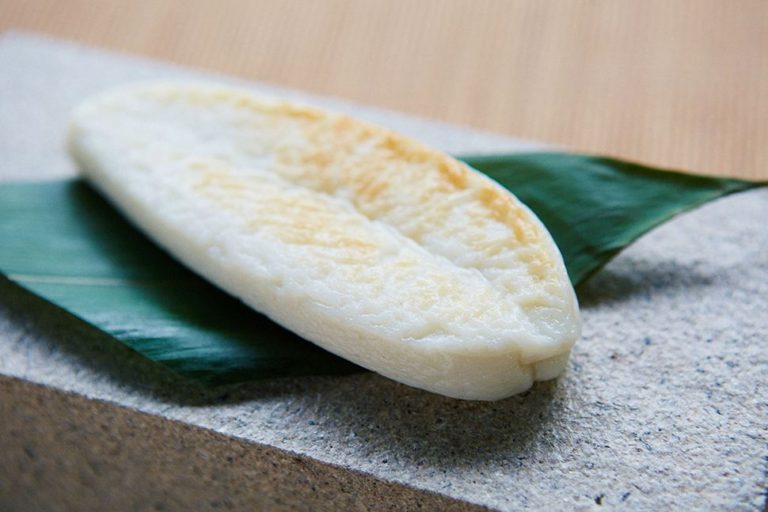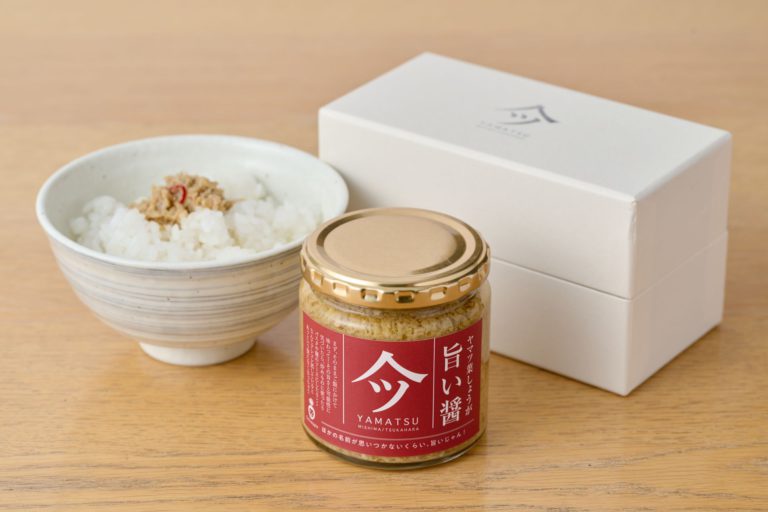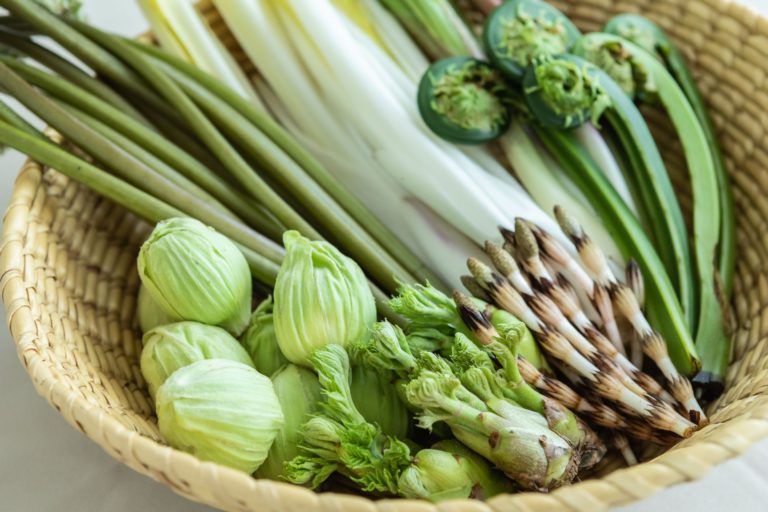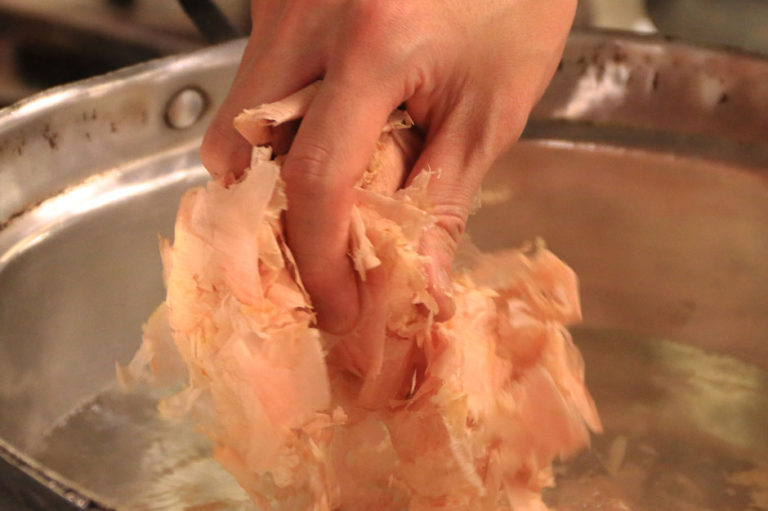This Brewery’s Aged Mirin (Sweet Sake for Cooking) Has Captured the Hearts of Many People
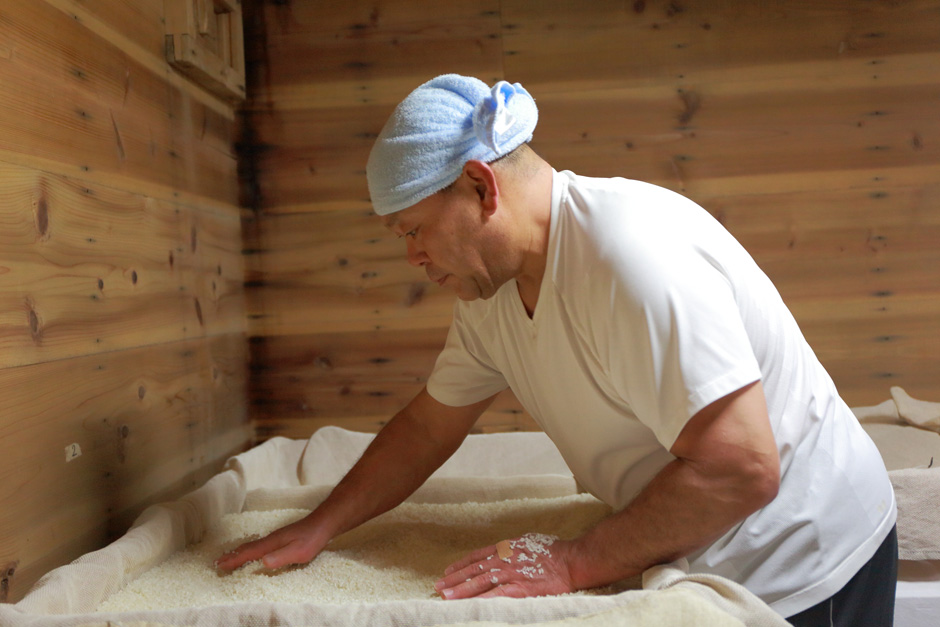
We visited the Ogasawara Mirin Brewery in Hekinan, Aichi Prefecture, to learn about “genuine” mirin.
A tiny mirin brewery that focuses on doing the obvious
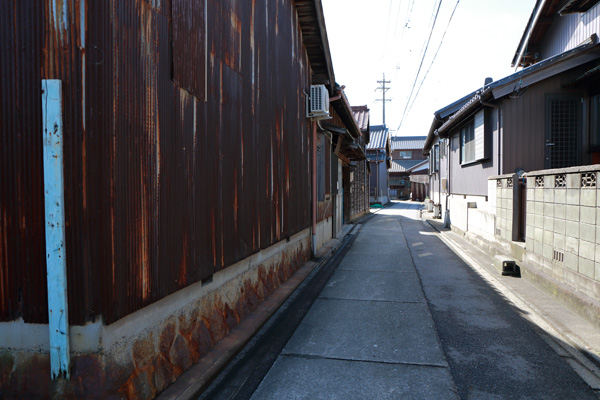
Hekinan, Aichi Prefecture, is surrounded by the natural Aburagafuchi marsh, the Yahagi River, and Kinuura Port. The area had an active grain farming industry and mirin brewing with these grains has been going on since the late 1700s. Although the area is home to over 200 years of mirin brewing, currently there are only four remaining breweries. The Ogasawara Mirin Brewery is one of the last four breweries, and is an operation with only two employees. The brewery offers genuine mirin that is handmade and painstakingly prepared.
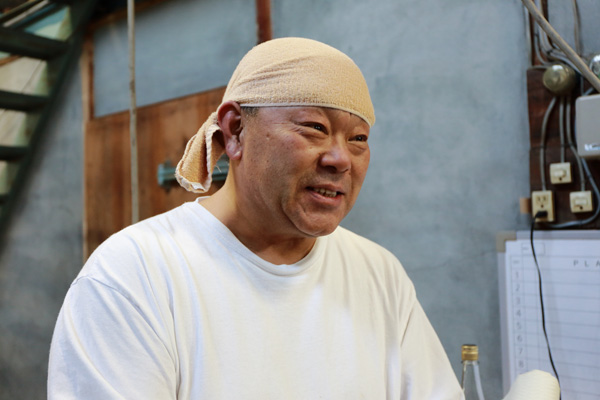
The Ogasawara Mirin Brewery was established in 1922, and is currently run by Kazuya Ogasawara and his wife. The small brewery sits in a residential area on an alley off the main road.
The Ogasawara Mirin Brewery specializes in mirin manufacturing—100% of the ingredients are from Japan, and almost all of the brewing is done by hand. However, Ogasawara is reluctant to say that this method should be stated as being their specialty.
“Our mirin would not taste the same if cheap ingredients and automated brewing was incorporated. We are just manufacturing mirin the way it has always been from the past,” declares Ogasawara. The Ogasawara Mirin Brewery and its old-fashioned methods are a rarity, as many modern-day manufacturers import their ingredients.
Springtime mirin brewing by selected craftsmen
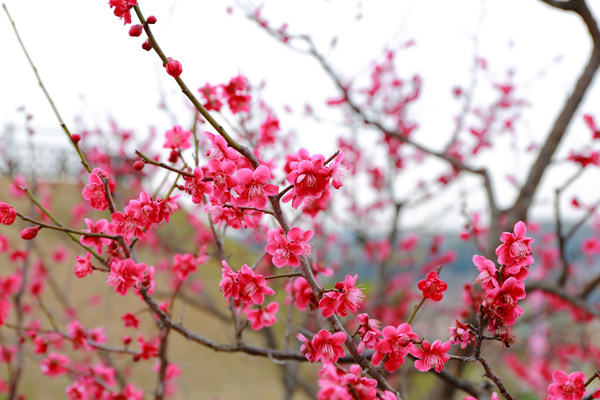
The major steps for mirin brewing are making koji, preparation, saccharification, pressing and aging, all to be done before the product is shipped out. Of these processes, manufacturing koji and preparation are extremely important steps that decide the taste of mirin brewed that year.
Koji making and preparation activities start around March. The temperatures at this time of year are an average of 15 degrees Celsius, which promotes saccharification of mochi rice for sweeter mirin.
Work starts before sunup, at five in the morning. The brewery is still chilly in the springtime, and we found ourselves getting colder from the toes up just standing there. Ogasawara and multiple craftsmen were already at the brewery before starting time. Help is brought in only during preparation periods, when more hands are needed on deck.
We had special permission to observe their work, and learned about the mirin brewing process.
The Ogasawara mirin brewing process
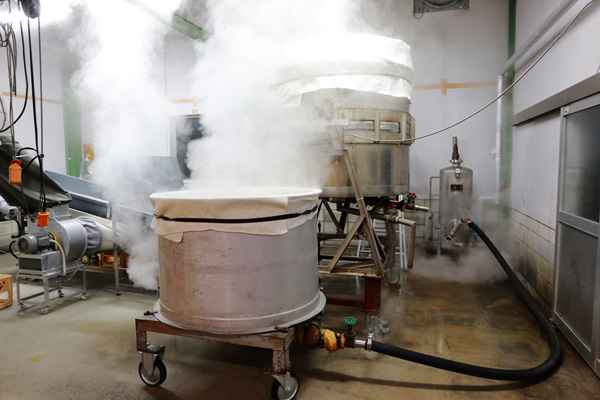
1)Making koji
The first step is making koji. Pre-washed, non-glutinous rice is put into a kiln-like steamer called the sho-koshiki (small steamer). Steam from the boiler is sent into the shokoshiki to slowly steam the non-glutinous rice.
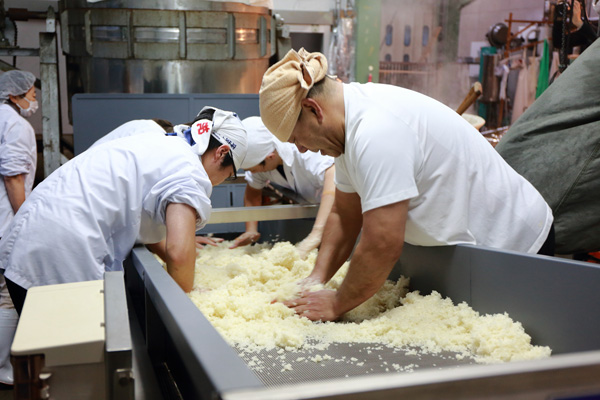
After the rice is steamed for approximately one hour, all craftsmen work to cool the rice while carefully mixing in koji spores.
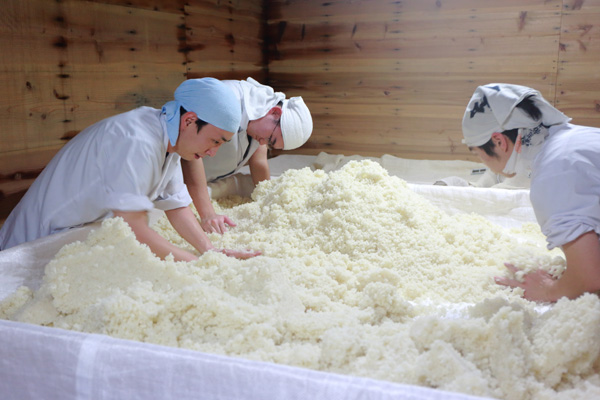
The steamed rice mixed with koji spores is stored in a storage space called the muro. The muro is maintained at 30 degrees Celsius at a humidity of 80%, making it the perfect environment for the koji spores to reproduce. The koji spores are left to multiply for 48 hours before the mix becomes koji, which is vital to mirin brewing.
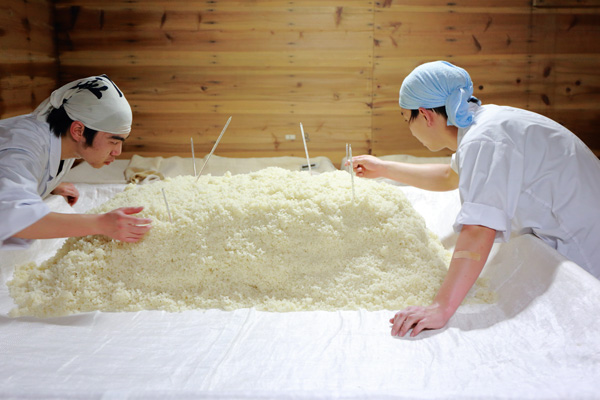
The progress of the koji spores is checked every few hours during storage to maintain the mixture’s optimal condition. During this time, important tasks including tokomomi (floor kneading) to evenly coat the steamed rice with the koji spores and kirikaeshi (turning) to loosen steamed rice that has started to clump due to the koji spores are carried out.
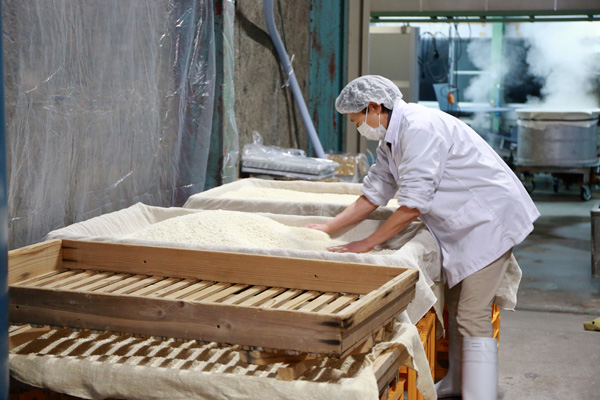
2)Preparation
While making koji (step 1), dekoji (carrying out freshly made koji from the storage room) is performed. The koji stored for 48 hours is taken out and readied for the preparation step.
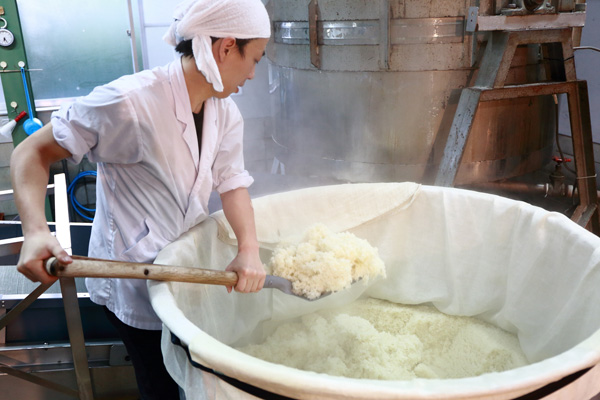
At 7:00 a.m., steam is sent into the oo-koshiki (larger steamer) containing mochi rice, and then steaming commences. After the mochi rice is steamed, it is transferred to cooling, like in the koji making stage, and preparation starts.
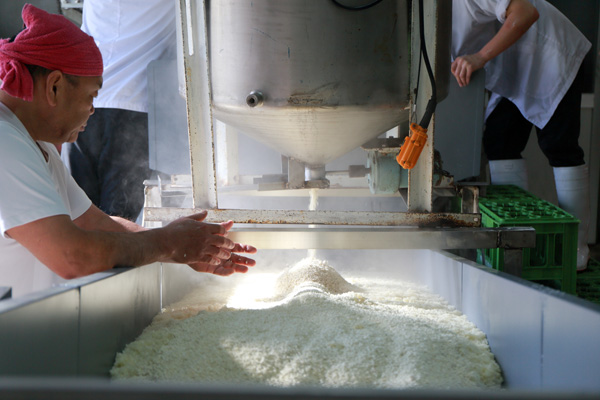
The koji prepared at dekoji and mochi rice are mixed and put into a storage tank through a hose with shochu (or distilled alcohol). This process is repeated for approximately 40 minutes before the day’s preparation work is finished.
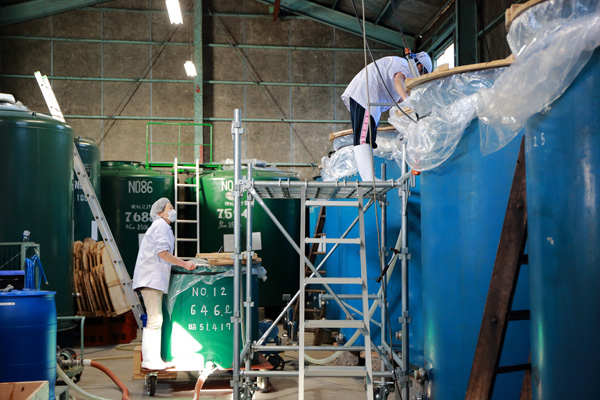
The storage tank holds about 5,000 liters, and approximately two tons of non-glutinous rice and mochi rice are used to fill up this tank.
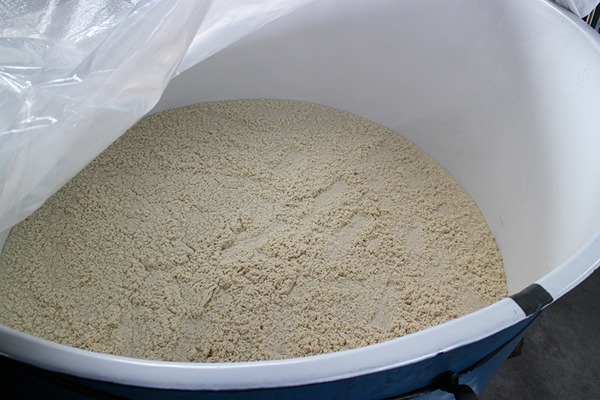
3)Saccharification
The koji, steamed rice and shochu (or distilled alcohol) mix is saccharified and aged within the tank to become moromi (unrefined mirin). The alcohol added beforehand works to suppress the activity of the koji spores, allowing the mix to age slowly and mature for stronger sweetness. The alcohol also blends with fragrance components to create the unique mirin flavor.
Moromi is aged for 60 to 70 days within the tank, but a kai (paddle) is inserted into the tank at three weeks after the start of storage to mix the moromi. Evenly mixing moromi within the tank creates better quality.
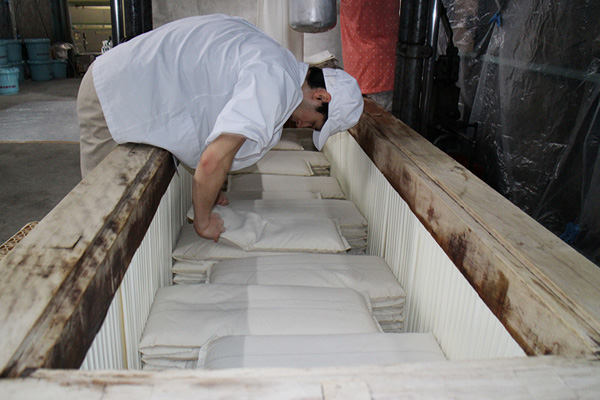
4)Pressing
Once the aging process is done, the moromi is put into bags and a compressor is used. The liquid squeezed from the moromi is mirin.
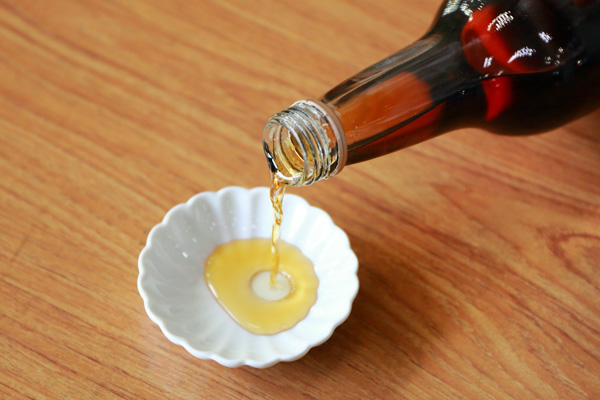
5)Aging
The extracted mirin is not shipped right away, but put in the tanks again to age. The mirin is matured for over one year before shipment. The long process of aging allows the ingredients to create a good balance and a mellow flavor. The color of mirin also turns into a beautiful amber color, which cannot be found in mirin-flavored seasonings.
Sweet, mellow and authentic taste
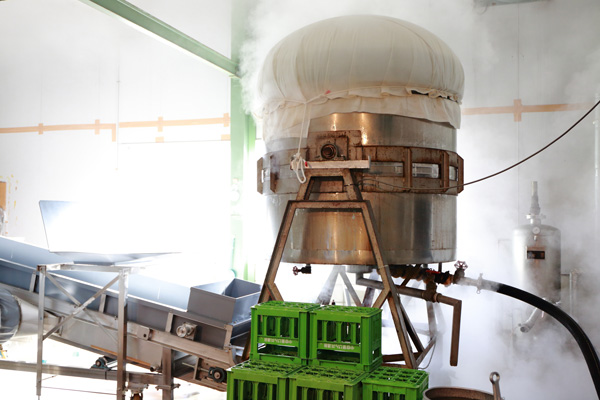
Ogasawara has a policy for cleanliness in all procedures of mirin brewing. During the preparation period, he may wash his hands dozens of times in one day. The equipment within the brewery such as the koshiki and cooler are also polished to a shine, and there is not a speck of dust to be found.
“Because our product is ingested by people, I put much weight on hygiene control. Many breweries carry out heat sterilization for their mirin products, but our mirin has less live bacteria than others, meaning that heat sterilization is unnecessary. That is why our mirin maintains its fresh, authentic flavor.”
The main product of the Ogasawara Mirin Brewery is the authentic mirin “Isshisouden” and “Minetakara.”
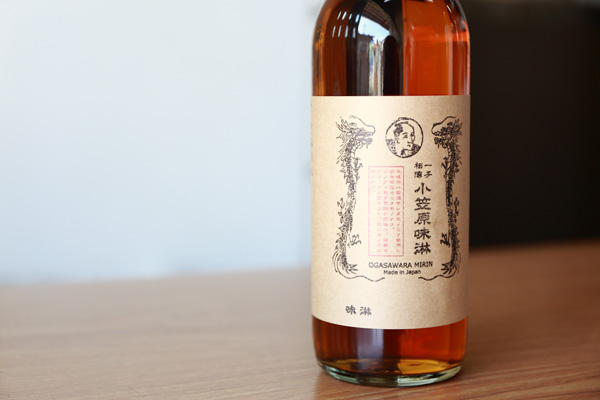
Isshisouden uses domestic shochu for preparation. One mouthful of this mirin has an elegant sweetness like a mellow Shaoxing rice wine. Even a small amount of this mirin accentuates the flavor of one’s cooking.
Minetakara is based on distilled alcohol instead of shochu. This mirin is also delicious on its own. It has a lighter flavor and fragrance than Isshisouden, and goes together with any type of cooking.
These products have devoted fans all over Japan, and its popularity sometimes causes shipments to be delayed. Shipments within the city are also limited to a few retail stores.
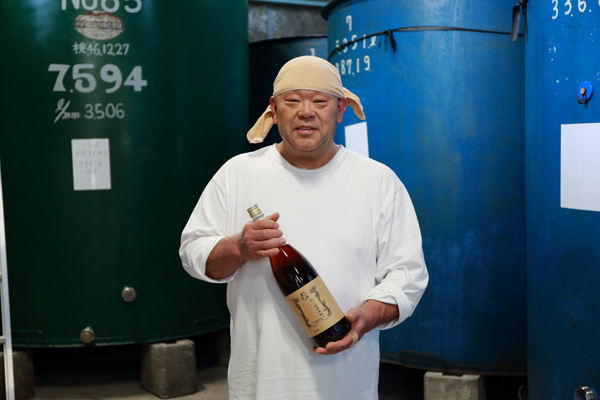
“We’re a very small brewery, so there is only so much we can ship out. The work is also strenuous when one approaches 60 years of age. The driving power behind the operation is the people who say, ‘Ogasawara mirin is the best!’ I have no intention in changing my approach toward mirin making.”
These authentic mirin products are the fruits of Ogasawara and the brewery staff’s hard work and passion. Why not try tasting one?

